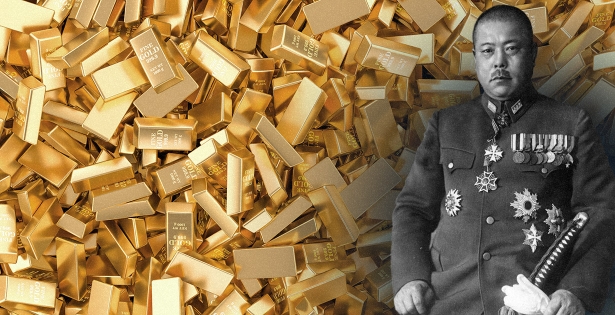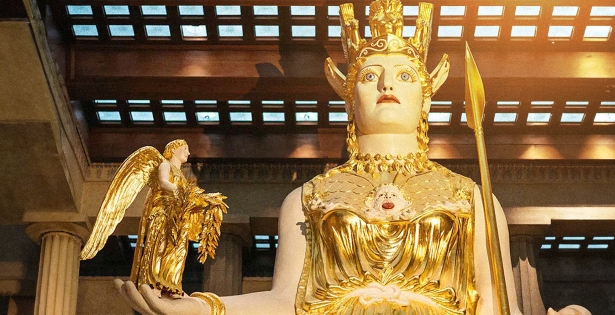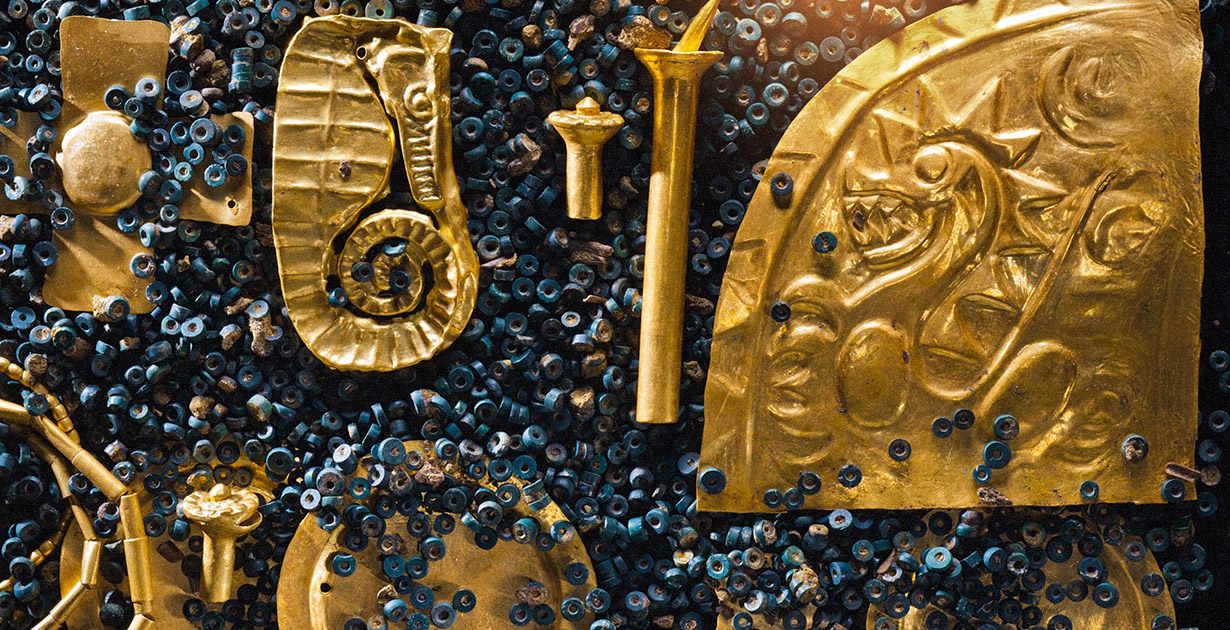
Panama’s gold treasures
Average reading time — 3 minutes
The El Caño Archaeological Park is of immense significance for the study and preservation of Panama’s cultural heritage. It was here that gold artifacts were recently discovered, which will surely captivate anyone interested in ancient history and archaeology.
For a long time, scientists were unaware of the treasures hidden within El Caño. However, hints that the area might have scientific importance surfaced long ago. Back in 1925, the attention of the American traveler Hyatt Verrill was drawn to unusually shaped stones sticking out of the ground. Verrill reported this to archaeologists, but they remained indifferent to his discovery.
Active excavations at El Caño began only in the 1970s, leading to the discovery of burials and artifacts of the pre-Columbian era. Despite these findings, the gold-filled graves mentioned by Spanish conquistadors, which were expected to be in the area, have yet to be uncovered.

In the photo: Panamanian archaeologists at work.
In the late 1970s, due to political instability in the country, archaeological research in El Caño came to a halt. It was resumed only in the 1990s, and continues to this day, consistently providing the scientific community with significant discoveries, including unique gold artifacts.
One such discovery was made in early 2024. Archaeologists discovered a mass grave dating back about 1,200 years. At the center of the burial were the remains of a man of very high status, possibly a chieftain or spiritual leader.

In the photo: the process of cleaning the discovered treasure from the soil.
Along with him, numerous valuable items were placed in the grave, including: gold chest plates, belts made of gold beads, gold earrings in the form of human figures. In addition, the deceased was sent on his final journey with a whole set of bone flutes, which is why archaeologists gave him the nickname “Lord of the Flutes”.
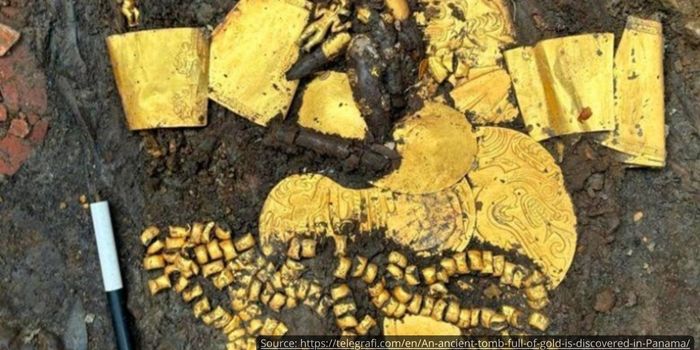
In the photo: jewelry that belonged to a noble member of the ancient tribe.
Besides the wealthy man, dozens of other skeletons were found in the burial. It is possible that these people were sacrificed to accompany their master in the afterlife. Excavations are ongoing, and it is likely that this discovery is far from the last.
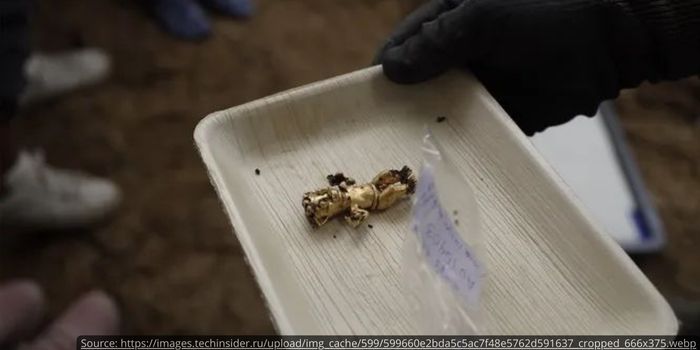
In the photo: a gold earring depicting a person.
According to historians, in ancient times, the territory of El Caño was a necropolis where high-ranking people were buried. The population considered the place sacred and performed ancestor worship rituals there. The tomb of the “Lord of the Flutes” and the objects contained in it will help to better understand the religious, political and economic aspects of the life of pre-Columbian Panama societies.
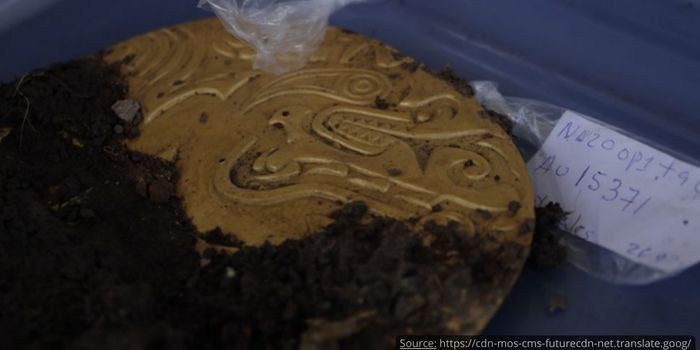 In the photo: a close-up of one of the findings.
In the photo: a close-up of one of the findings.
We now suggest moving from Central America to mysterious Egypt, where archaeologists are also working tirelessly. Read about the latest discoveries in the country of pyramids and mummies in the article “Golden treasures in the tombs of the pharaohs”.

